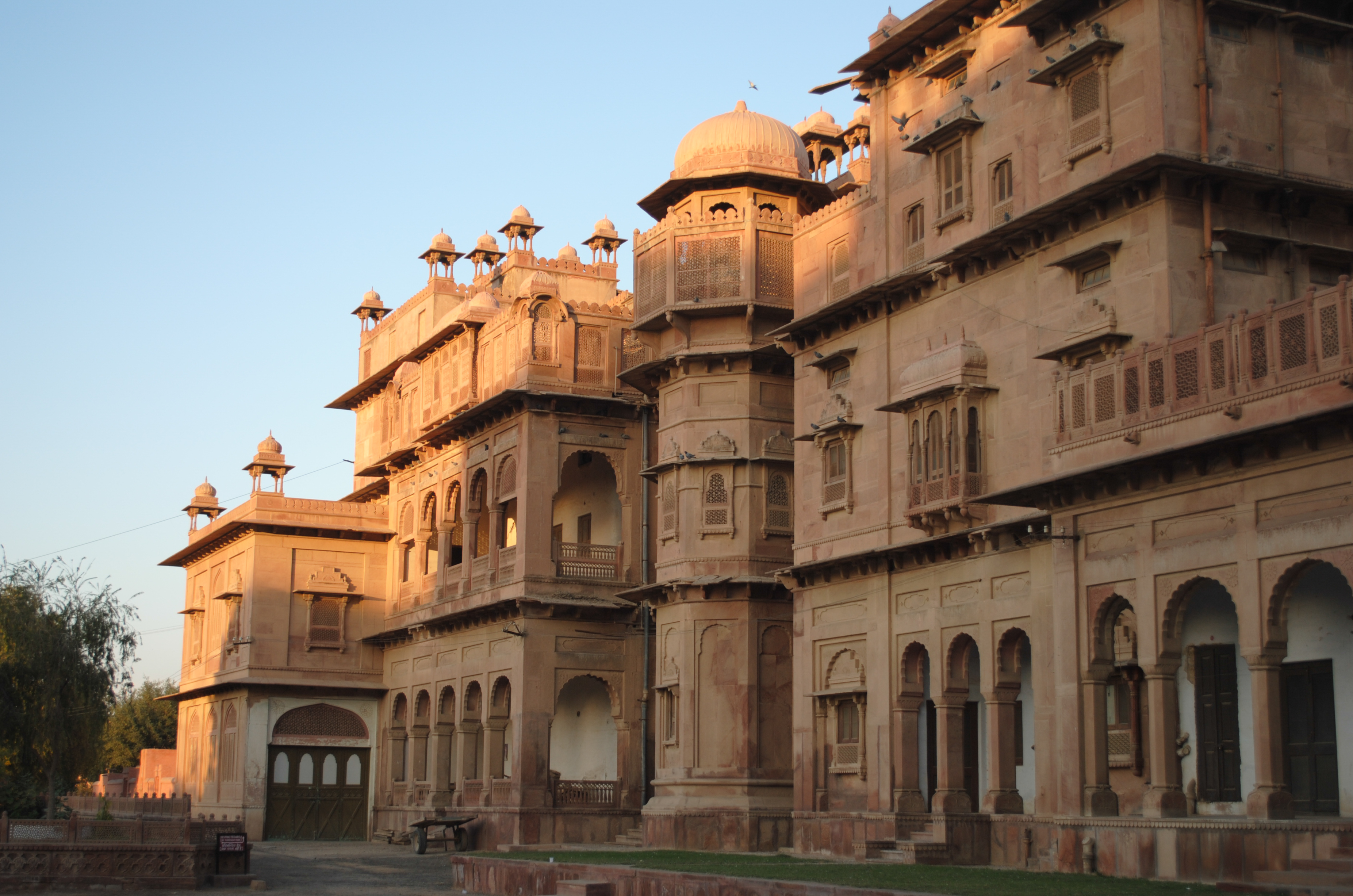Dholavira represents a remarkable archaeological window into the sophisticated Indus Valley Civilization, offering unprecedented insights into urban design and technological innovation during the Bronze Age. Located in the remote Kutch District of Gujarat, this expansive site transforms our understanding of prehistoric human settlements through its meticulously planned urban landscape and advanced engineering techniques.
The city's strategic positioning on Khadir Island within the Great Rann of Kutch reveals a complex society capable of thriving in challenging environmental conditions. Its occupation spanning from approximately 3500 BCE to 1800 BCE demonstrates remarkable cultural continuity and adaptive capabilities of its inhabitants. The site's urban planning reflects an extraordinary level of architectural sophistication rarely seen in contemporary settlements.
Archaeological excavations, principally led by R. S. Bisht of the Archaeological Survey of India, have uncovered a multilayered urban complex divided into distinct zones: the citadel, middle town, and lower town. Each section represents a carefully orchestrated spatial design, suggesting highly organized social and administrative structures. The predominant use of stone in construction, unlike most Harappan sites, further underscores the unique character of Dholavira's material culture.
One of the most extraordinary features of this ancient metropolis is its groundbreaking water management system. Multiple stone reservoirs and an intricate drainage network reveal the inhabitants' profound understanding of hydraulic engineering. These sophisticated water conservation techniques enabled the city to sustain itself in an arid region where rainfall is sporadic and unpredictable, demonstrating remarkable environmental adaptation.
The discovery of a ten-letter signboard beneath the northern gateway represents a tantalizing glimpse into the Harappan script, offering potential insights into their communication systems. This artifact symbolizes the intellectual complexity of a civilization often overshadowed by later, more documented historical periods. The precise craftsmanship and strategic placement of such artifacts suggest a society with advanced symbolic communication abilities.
Dholavira's historical significance extends beyond its physical remains. The site embodies a crucial narrative about urban civilization's evolution, illustrating how complex societies emerged, developed, and eventually transformed. Its gradual decline, potentially triggered by climate changes and tectonic movements, mirrors broader patterns of societal transformation observed across Bronze Age civilizations.
The UNESCO World Heritage Site designation in 2021 has further elevated Dholavira's global recognition, positioning it as a critical archaeological treasure. This international acknowledgment not only celebrates the site's historical importance but also highlights the continuing relevance of understanding our ancestral technological and social achievements. Through Dholavira, we gain profound insights into human adaptability, innovation, and collective organizational capabilities.







